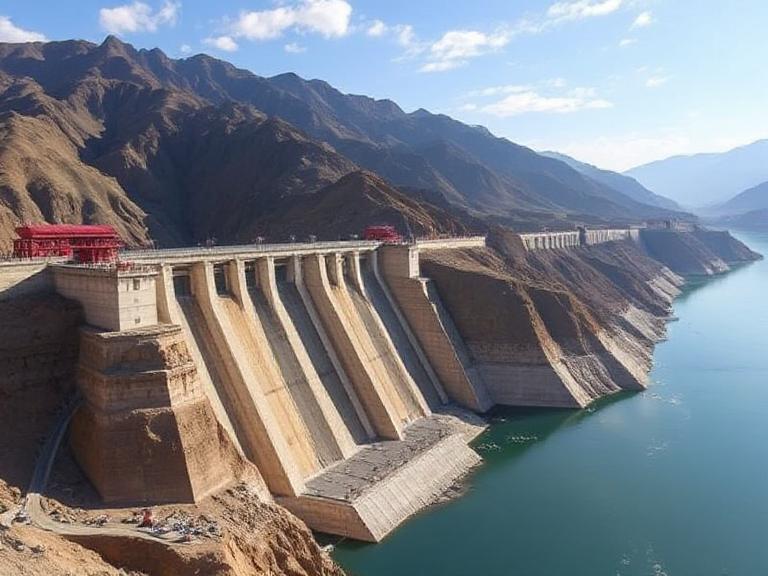Beijing, Jul 19: China on Saturday formally started the construction of a USD 167.8 billion dam over the Brahmaputra River in Tibet, close to the Indian border in Arunachal Pradesh.
Chinese Premier Li Qiang announced the start of the construction of the dam at a groundbreaking ceremony in the lower reaches of the Brahmaputra River, locally known as Yarlung Zangbo, at Nyingchi City, official media reported.
The groundbreaking ceremony took place at the dam site of Nyingchi’s Mainling hydropower station in Tibet Autonomous Region, state-run Xinhua news agency reported.
The hydropower project, regarded as the biggest infrastructure project in the world, raised concerns in the lower riparian countries, India and Bangladesh.
The project will consist of five cascade hydropower stations, with a total investment estimated at around 1.2 trillion Yuan (about USD 167.8 billion), the report said.
According to a 2023 report, the hydropower station is expected to generate more than 300 billion kWh of electricity each year – enough to meet the annual needs of over 300 million people.
It will primarily deliver electricity for external consumption while also addressing local demand in Tibet, which China officially refers to as Xizang.
Representatives from various organisations, including the National Development and Reform Commission and the Power Construction Corporation of China and locals attended the ceremony, the report said.
The project was approved in December last year.
The dam is to be built at a huge gorge in the Himalayan reaches where the Brahmaputra River makes a huge U-turn to flow into Arunachal Pradesh and then to Bangladesh.
According to earlier reports, the size of the project would dwarf any other single infrastructure project on the planet, including China’s own Three Gorges dam, regarded as the largest in the world.
China has already operationalised the USD 1.5 billion Zam Hydropower Station, the largest in Tibet, in 2015, which raised concerns in India.

Concerns arose in India as the dam besides empowering China to control the water flow, the size and scale of it could also enable Beijing to release large amounts of water flooding border areas in times of hostilities.
India too is building a dam over Brahmaputra in Arunachal Pradesh.
India and China established the Expert Level Mechanism (ELM) in 2006 to discuss various issues related to trans-border rivers under which China provides India with hydrological information on the Brahmaputra river and Sutlej river during the flood seasons.
Data sharing of trans-border rivers figured in the talks between India, China Special Representatives (SRs) for border question, NSA Ajit Doval and Chinese Foreign Minister Wang Yi, held here on December 18 last year.
The Brahmaputra Dam presents enormous engineering challenges as the project site is located along a tectonic plate boundary where earthquakes occur.
The Tibetan plateau, regarded as the roof of the world, frequently experiences earthquakes as it is located over the tectonic plates.

But an official statement in December last year sought to allay concerns about earthquakes, saying that the hydropower project is safe and prioritises ecological protection.
Through extensive geological explorations and technical advancements, a solid foundation has been laid for the science-based, secure, and high-quality development of the project, it said.
Brahmaputra flows across the Tibetan Plateau, carving out the deepest canyon on Earth. The dam will be built in one of the rainiest parts. (PTI)




